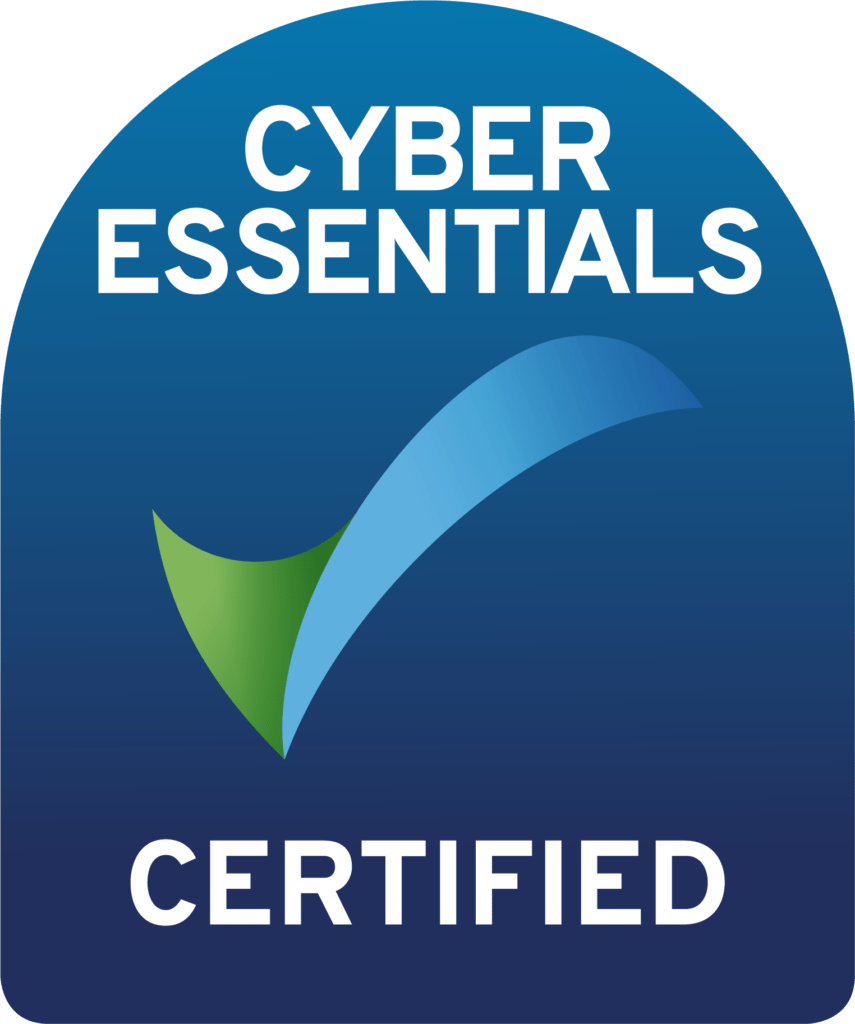In today’s fast-paced corporate world, keeping your finger on the pulse of your workforce is like monitoring a vital sign – you simply can’t afford to ignore it. Enter anonymous employee feedback tools, the game-changer for savvy businesses seeking to tap into the unfiltered wisdom of their teams. These tools are more than just data collectors; they’re gateways to a more engaged, transparent, and productive workplace. If you’re looking to unleash the true potential of your team, understanding these tools is a fantastic first step.
Why anonymous employee feedback matters
The concept behind anonymous feedback is deceptively simple yet powerful. By offering a channel for employees to voice their thoughts, concerns, and suggestions without fear of blowback, businesses cultivate a culture of trust and openness. Anonymous employee feedback tools empower employees to be brutally honest, providing leadership with the unvarnished truth needed to make impactful changes. This translates to not only identifying issues but also addressing them before they snowball into full-blown office meltdowns (because let’s face it, nobody enjoys those).
How anonymous feedback tools work
At their core, anonymous employee feedback tools are designed to anonymously collect and analyse employee feedback. These platforms allow for regular check-ins, quick pulse surveys, and forums where employees can freely express their ideas and frustrations (with the anonymity factor encouraging more *constructive* rants, of course). The anonymity aspect fosters more honest and critical feedback, which is a true gold mine for leaders seeking to understand employee sentiment and improve workplace dynamics. Imagine it as a digital suggestion box that doesn’t get mysteriously jammed with half-eaten donuts every other week.
Benefits of using an anonymous employee feedback tool
Let’s face it, sometimes the best way to improve your company culture is to get a reality check from the people who actually live it every day. Here’s how anonymous employee feedback tools can help:
- Fostering a culture of openness: By encouraging open communication, you show your employees that their opinions matter. This simple act can significantly boost morale and engagement. Think of it as the office equivalent of a high-five – it feels good and makes everyone feel valued.
- Uncovering hidden issues: Anonymous feedback can be like a truth serum for your organisation, revealing areas of concern that management might have been blissfully unaware of. This allows for proactive measures to address problems before they escalate into a full-blown game of office gossip telephone (which, let’s be honest, is never accurate and always way more entertaining than it should be).
- Enhancing employee engagement: Engaging with employees through regular feedback cycles demonstrates a commitment to their well-being and professional growth. Happy employees are productive employees, and that’s a win-win for everyone (except maybe the free snack guy, who might see a slight dip in cookie consumption).
- Informed decision making: The candid insights gleaned through anonymous feedback provide a solid foundation for strategic decision-making. Imagine it as a roadmap to a happier, more productive workplace. Now you can steer the company in a direction that aligns with the needs and desires of your workforce, instead of relying on hunches and whispers in the break room.
Choosing the right anonymous employee feedback tool
Selecting the right anonymous employee feedback tool for your business is more than just picking the trendiest option. Consider these factors: ease of use, the guaranteed anonymity of respondents, data analysis capabilities, and how feedback will be actioned (Naturally, Wotter is very strong in all of these areas and is absolutely worth your time to find out more 👀).
The perfect tool should seamlessly integrate into your existing processes and supercharge your organisation’s ability to listen and adapt. Think of it as finding the Goldilocks of anonymous feedback tools – not too clunky, not too confusing, but just right for your company’s needs.
Best practices for using anonymous employee feedback tools
To maximise the benefits of your anonymous employee feedback tool, consider these best practices:
- Ensure anonymity: This might seem obvious, but it’s crucial. Make sure the tool you choose protects the identity of your employees, thereby encouraging honest feedback. You want unfiltered thoughts, not filtered coffee (although, a good cup of coffee can definitely spark some great ideas).
- Communicate the purpose: Clearly explain to your team how their feedback will be used and the benefits of participating. This increases engagement and lets employees know their voices are heard (even if they’re delivered anonymously).
- Act on feedback: Collecting feedback is just the first step; acting on it is what truly matters. Demonstrate to your employees that their input leads to tangible changes. Nobody likes feeling like they’re shouting into the void, especially when it comes to improving their work environment.
- Regular feedback cycles: Implement regular, scheduled opportunities for feedback to keep a pulse on employee sentiment over time. Think of it as a checkup for your company culture. Regular check-ins ensure you catch any potential issues early on, before they morph into something monstrous.
- Provide support: Offer resources or support to address any issues or concerns raised through feedback, reinforcing a culture of care and responsiveness. Imagine your anonymous employee feedback tool as a direct line to a supportive HR team, ready to help with any problems that arise.
The future of anonymous feedback
In the digital age, the evolution of anonymous employee feedback tools is poised to play a pivotal role in shaping the future of work. As these tools become more sophisticated, incorporating elements of artificial intelligence and machine learning for deeper insights, organisations will be better equipped to navigate the complexities of the modern work environment. The future lies in harnessing this candid feedback to build workplaces where creativity, productivity, and well-being flourish side by side. Imagine a world where AI analyses anonymous feedback to identify patterns and trends, allowing companies to proactively address employee concerns before they even become issues. Sounds like a workplace utopia, doesn’t it?
In conclusion
Investing in an anonymous employee feedback tool is a wise move for the health and efficiency of any company. By fostering a culture where employees feel heard and valued, businesses can unlock a treasure trove of actionable insights. This translates to improved morale, increased productivity, and a competitive edge in their industry. As we move forward, the emphasis on candid, anonymous communication will only intensify, highlighting the importance of adopting these tools today. Remember, the first step towards improvement is listening, and what better way to listen than through the open, honest feedback of your team? So, ditch the outdated suggestion box and embrace the power of anonymity. You might just be surprised by the positive impact it has on your company culture.
P.S. And hey, if all this talk about anonymous feedback has you wondering if your boss secretly uses one to gauge employee sentiment about your, well, unique sense of humour in meetings, don’t worry! The beauty of anonymity is that it goes both ways. Just remember to keep it constructive, even if you do think the break room chairs look suspiciously like something out of a rejected IKEA prototype collection.
Wotter future
Want to learn how to turn employee feedback into action? Head over to our podcast, Wotter Future, where global business leaders share their insights on tackling this challenge.





